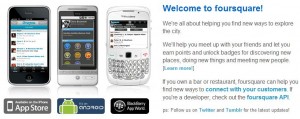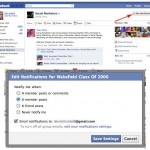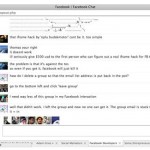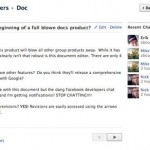If you have been tracking the social media scene globally then it is very likely that you might have heard of Foursquare which is a location based social network mobile application. International blogs have been going gaga over Foursquare and some have even gone to the extent of labeling it as the next twitter.
What is foursquare?
Foursquare is a mobile phone app that’s rapidly getting quite popular. It is a “geo-social” networking app that allows you to tell the world exactly where you’re out to eat, drink and/or be merry, and what you think of it. And you can check out other people’s recommendations to plan your revelry. You can also use it to find the new interesting places in the city, like restaurants, or museums, or whatever else your friends are interested in; and you can use it to get reviews of any place that you want to know more about.
Click on the image for an enlarged view
How does it work?
You “check-in” to places you visit by letting the app know where you are. Friends who use the app then know where you are, and can come party with you. Users earn points & unlock badges for discovering new things. It also doubles up as a game where you compete for the Mayor-ship of a store based on the number of times you visit or check in to the store.
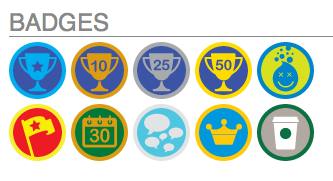 Click on the image for an enlarged view
Click on the image for an enlarged view
As simple as that, you may say!
What makes it most interesting is that Foursquare is primarily a technology to be used on your mobile phone. The exploding use of mobile internet in India is another reason to think that foursquare can be big in India. And looking at what brands have been doing across the world, Foursquare can be used in India to reach out to potential customers. Here is a look at how brands have used this platform as a marketing tool.
A real treasure hunt:
Jimmy Choo, a world-renowned footwear brand, organized a real-time treasure hunt around London via Foursquare. A pair of Jimmy Choo trainers checked in at various locations and those who followed the campaign and were lucky enough to arrive at a venue before the trainers left got to pick a pair in the style and size of their choosing. The pair of sneakers checked in at trendy spots such as Lounge Lover, The Hummingbird Bakery and the members-only Mortons. The campaign was Jimmy Choo brand’s first foray into social media marketing; a rep said they wanted to use Foursquare to engage fans both online and off. Apparently this was “the first time Foursquare has been used to check in an object (rather than a person) at locations.”
 Click on the image for an enlarged view
Click on the image for an enlarged view
Brewing up some loyalty rewards:
Loyalty rewards are the fundamental offerings that most brands offer using Foursquare. But with Starbucks, loyalty rewards was redefined on Foursquare. Instead of just offering one regular check-in special and the regular Mayor’s discount for its customers, Starbucks has gone to a national level. Now anyone who is a mayor of any Starbucks store across the country can claim the special Mayor’s discount in any of the store across USA. This has led to increase in sales of however-you-want-it Frappuccino and a drastic rise in the number of followers of Starbucks on Foursquare.
 Click on the image for an enlarged view
Click on the image for an enlarged view
There are a number of reasons why the Starbucks nationwide mayor reward was significant. It was a first for both Foursquare and the coffee retailer, and brought mass attention to the marketing possibilities of the location-sharing trend.
Loving it on Foursquare:
McDonald’s used Foursquare to increase check-ins to its stores by 33% in one day with a little Foursquare ingenuity. McDonald’s total cost for the successful campaign was a measly $1,000. McDonald’s opted to try and take advantage of Foursquare Day (4/16) to bring in more business. The company used 100 randomly awarded $5 and $10 gift cards as check-in bait to lure in potential diners. The bait also worked to attract the media’s attention and resulted in more than 50 articles covering McDonald’s Foursquare special, which was the true measure of their campaign success.
The campaign worked in both digital and real world capacities. Patrons flocked to McDonald’s restaurants for the chance to win gift cards in exchange for check-ins, and 600,000 online denizens opted to follow and fan the brand on social media sites.
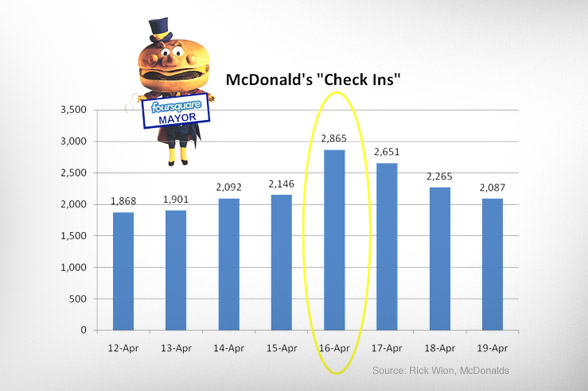 Click on the image for an enlarged view
Click on the image for an enlarged view
A company of McDonald’s size spends millions on advertising every year, and yet a simple $1,000 Foursquare campaign netted the company measurable success.
These are just a few brands that have had tangible success with Foursquare. What foursquare also offers is a more important intangible benefit of word of mouth promotion by the patrons of a particular store. When a Foursquare user checks-in and leaves a tip or to do listing or even gives a positive review of a store, the benefits are way higher than a traditional Advertising or PR campaign.
And it is not just brands that are moving onto Foursquare. Universities like Harvard are using Foursquare to enrich its alumni’s return to campus and establish a deeper relation with them. This model is being replicated by many tourism boards and retail chains to establish a more engaging relationship with its audience.
How far this journey goes is anybody’s guess. But right now, check-ins are coming thick and fast. Book yourself an account soon. Your feedbacks would be vital for us, so do drop in few words.

